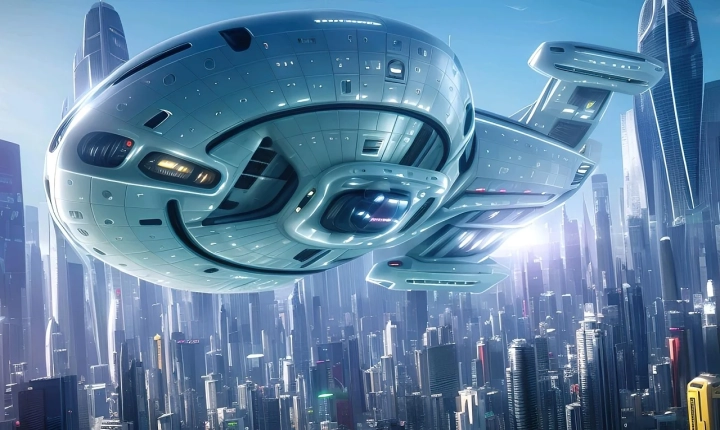Title: The Intersection of Art and Artificial Intelligence: Exploring the Creative Possibilities
Artificial Intelligence (AI) has made significant strides in recent years, revolutionizing various industries, from healthcare to finance. However, one area in which AI’s impact has been particularly intriguing is the realm of art. Artists and technology enthusiasts alike are exploring the potential of AI to facilitate and enhance their creative processes. By leveraging AI tools and techniques, artists can experiment with new forms of expression, generate novel ideas, and push the boundaries of traditional artistic practices.
One of the most fascinating applications of AI in art is the use of generative adversarial networks (GANs) and neural networks to create original artworks. These algorithms are capable of analyzing vast amounts of data, learning from it, and then generating new content based on what they have learned. For artists, this means the ability to collaborate with AI to produce unique visual and auditory experiences that defy human imagination.
For example, AI can be used to generate intricate and mesmerizing digital paintings that would be extremely time-consuming to create by hand. By inputting specific parameters or styles, artists can harness the power of AI to produce compositions with stunning detail and complexity. Additionally, AI can analyze a wealth of artistic styles and techniques, providing artists with inspiration and guidance as they develop their own creative vision.
Another compelling avenue for AI in art is the creation of interactive installations and performances. AI can be integrated into physical and virtual environments to respond to the audience’s movements, emotions, or even their own artistic contributions. This dynamic interaction blurs the lines between creator and viewer, enabling a more immersive and participatory artistic experience.
Furthermore, AI offers artists new ways to experiment with audio and music. By training AI models on vast repositories of musical data, artists can generate new compositions, harmonies, and rhythms that challenge conventional notions of musical composition. Additionally, AI can be used to generate soundscapes and collages, creating sonic textures and arrangements that would be difficult to conceive through traditional means.
The potential for AI in art is not limited to its production; it also extends into the realm of art curation and discovery. With the aid of AI, art institutions and collectors can analyze vast collections of artworks, identifying patterns, themes, and connections that may not be immediately apparent to human observers. This process can help unearth hidden gems, shed light on emerging trends, and provide a fresh perspective on established artistic movements.
As with any cutting-edge technology, the integration of AI in the art world raises important questions and considerations. For instance, concerns about the originality and authenticity of AI-generated art have sparked debates about authorship and intellectual property rights. Additionally, artists and technologists must grapple with the ethical implications of using AI to create and distribute art, particularly in relation to issues of bias, representation, and privacy.
Nevertheless, the intersection of art and AI represents a fertile ground for exploration, experimentation, and innovation. By embracing AI as a creative collaborator, artists can expand their artistic horizons, challenge established conventions, and forge new paths in artistic expression. As AI continues to evolve, so too will its impact on the art world, offering endless possibilities for imaginative and boundary-pushing creations.
